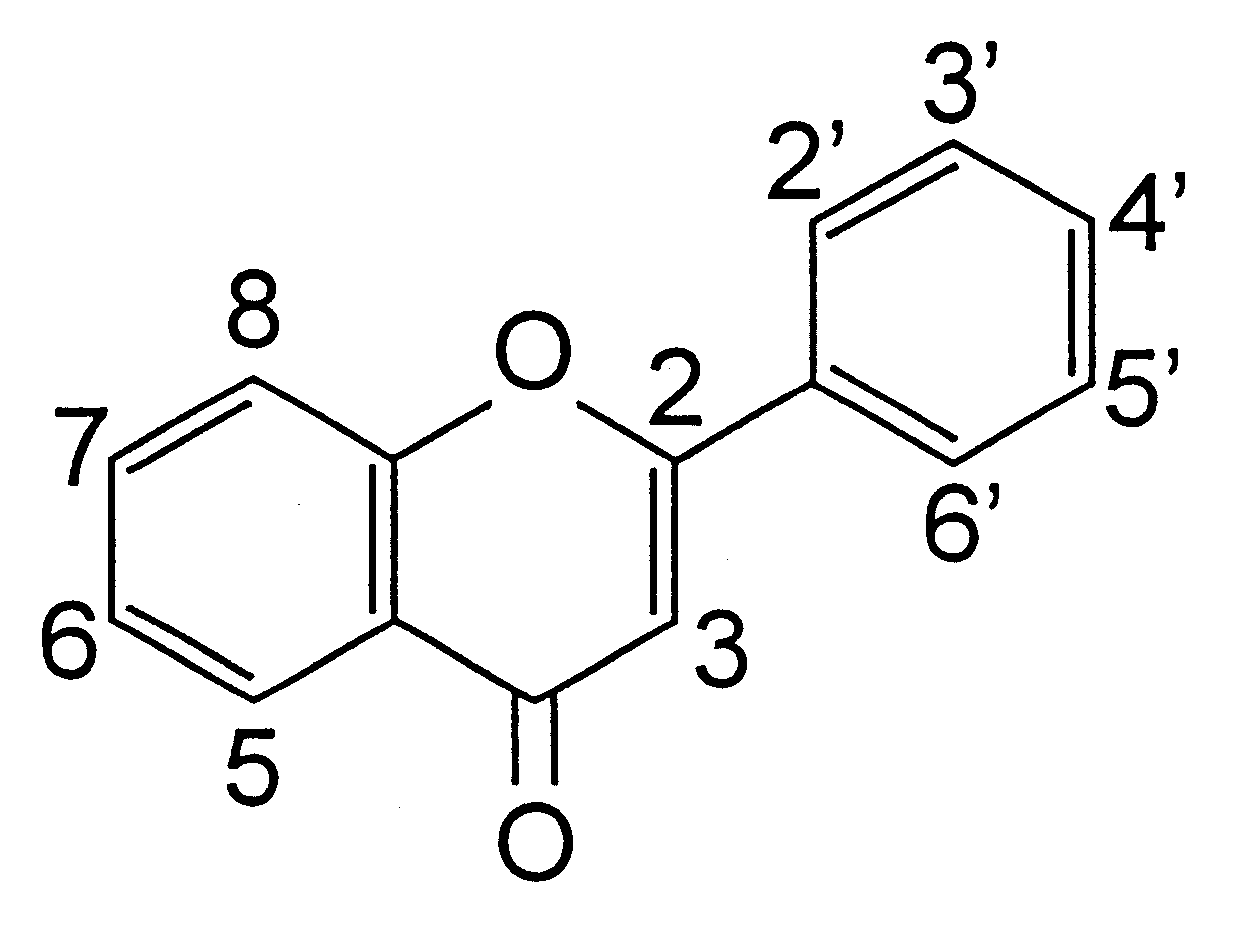Method of producing high flavonol content polyphenol compositions
a polyphenol and composition technology, applied in the field of polyphenols, can solve the problems of difficult development of manufacturing procedures, inability to protect low density lipoproteins from oxidation in vivo, and unsuitable grape seed extract for preparing a "total phenolic pool"
- Summary
- Abstract
- Description
- Claims
- Application Information
AI Technical Summary
Problems solved by technology
Method used
Image
Examples
example 1
Preparation of Composition from Red Wine with a High Flavonol Content
Californian Barbera red wine was chosen for the method of manufacture because of its flavonol high content. It contained 7.5 mg / L myricetin glycosides, 40.7 mg / L quercitin glycosides, 1.5 mg / L myricetin, 9.7 mg / L quercitin, 0.8 mg / L kaempferol. The total flavonol content was calculated as 44.3 mg aglycone / L. The wine had a total polyphenol content of 1.28 g / L.
The method of manufacture was as follows:
A 500 ml column of Diaion.TM. HP-20 resin was conditioned with 2 bed volumes (bv) of 12% alcohol (4.5 bv / hr). 5 L of Barbera wine were added slowly to the column (about 4-5 bv / hr) followed by a de-ionized water rinse (2 bv). The polyphenols were eluted with 1.1 L aqueous ethanol (75% v / v ethanol) and evaporated using a rotary evaporator under vacuum. A dry power was obtained by adding excess absolute ethanol and evaporating under vacuum. The process gave a red powder, readily soluble in water.
The polyphenol content of t...
example 2
Preparation of Compositions Using Dealcoholised Wine
The same Barbera wine used in Example 1 was dealcoholised using a vacuum evaporator at 39.degree. and 28 in vacuum. The initial volume was restored by the addition of deionized water. A column containing 500 g Diaion.TM. HP-20 resin was washed with deionized water (2 bv) and 5.4 L was passed down the column (4.5 bv / hr) and then
TABLE 2
washed with deionized water (2 bv). Polyphenols were eluted with 1.3 L 75% aqueous ethanol (4.5 bv / hr) and the solution evaporated to dryness by a rotary evaporator, under vacuum as in Example 1. The yield of red power was 2.24 g / L wine, and it contained 57% w / w polyphenol. The flavonol content was 3.35% flavonol w / w polyphenols.
Assuming that there was no loss of flavonols an approximate estimate of the theoretical yield of flavonols can be obtained by dividing g / L in the dealcoholised wine by 2.2. A comparison of the theoretical with the actual analysis is shown in Table 2.
The yield of flavonols was e...
example 3
Preparation of Composition from a Red Wine Containing a Low Concentration of Flavonols and Enrichment with Pure Flavonol
The red wine processed was of a Cabernet Sauvignon variety from France. It contained 1.8 g / L polyphenols. The flavonol content (calculated as the aglycone) was 8.8 mg / L (myricetin glycosides 1 mg / L, quercitin glycosides 5.4 mg / L, myricetin 1 mg / L. quercitin 1 mg / L).
The power containing the polyphenols was made as follows:
1 liter of red wine was filtered, rotary evaporated under reduced pressure at 75.degree. C. for one minute, cooled, then rotary evaporated under reduced pressure at 55.degree. C. until the volume was reduced to approximately 150 ml.
50 g of Diaion.TM. resin was weighted into a beaker, covered with methanol and allowed to stand for 15 minutes. The methanol was then decanted off, and replaced with water. After standing for 10 minutes the resin was packed into a glass column, half filling the column, and washed with water.
The wine concentration was app...
PUM
 Login to View More
Login to View More Abstract
Description
Claims
Application Information
 Login to View More
Login to View More - R&D
- Intellectual Property
- Life Sciences
- Materials
- Tech Scout
- Unparalleled Data Quality
- Higher Quality Content
- 60% Fewer Hallucinations
Browse by: Latest US Patents, China's latest patents, Technical Efficacy Thesaurus, Application Domain, Technology Topic, Popular Technical Reports.
© 2025 PatSnap. All rights reserved.Legal|Privacy policy|Modern Slavery Act Transparency Statement|Sitemap|About US| Contact US: help@patsnap.com


